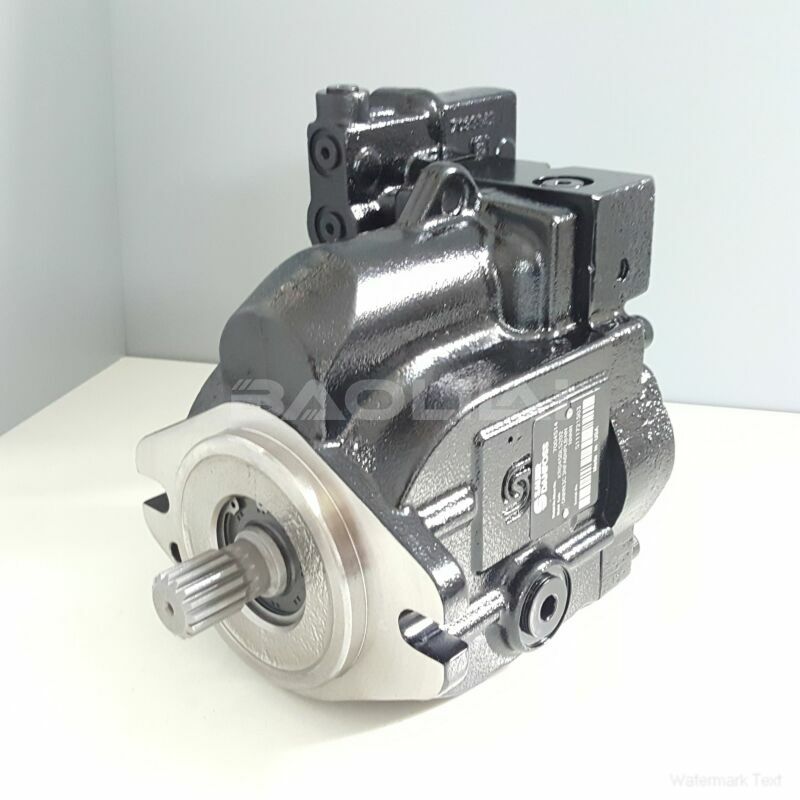KRR045DLS2120NNN3C2NRA6NAAANNNNNN high pressure pump
KRR045DLS2120NNN3C2NRA6NAAANNNNNN high pressure pump

- Product Details
- Applicable Scene
The development of high-performance hydraulic test stands demands innovative engineering solutions, particularly in the design of hydraulic oil pumps. These pumps are critical components that ensure the efficiency, reliability, and accuracy of hydraulic testing processes. This article explores the essential considerations and design features involved in creating hydraulic oil pumps tailored for such specialized applications.
KR-R-045D-LS-21-20-NN-N-3-C2NR-A6N-AAA-NNN-NNN
KRR045DLS2120NNN3C2NRA6NAAANNNNNN
One of the primary requirements for hydraulic oil pumps in test stands is the ability to provide a consistent and controllable flow rate. High-performance test stands often operate under varying load conditions, which necessitates pumps that can adapt to changes in pressure and velocity. The design must incorporate advanced flow control mechanisms to achieve precise volumetric flow, ensuring that testing parameters remain stable and consistent throughout assessments.

83013603
Another critical aspect of designing hydraulic oil pumps is efficiency. High-performance test stands often aim for reduced energy consumption without compromising performance. Selecting high-efficiency pump mechanisms, such as axial or radial piston designs, can significantly enhance performance while keeping power requirements low. Additionally, using variable displacement pumps allows for the reduction of energy waste during low-load operations, contributing further to overall system efficiency.
Durability and reliability are crucial for hydraulic oil pumps used in test environments. Pumps are subjected to rigorous operational conditions that include fluctuating temperatures, varying fluid viscosities, and exposure to contaminants. Therefore, choosing materials that offer high wear resistance and corrosion protection is vital. The design should also incorporate features such as advanced sealing technologies and filtration systems to minimize contamination risks and extend the lifespan of the pump.
Incorporating automation and digital monitoring capabilities into the design of hydraulic oil pumps is an emerging trend that adds significant value. Through the integration of sensors and IoT technology, operators can monitor performance metrics in real-time, enabling proactive maintenance and troubleshooting. Such innovations enhance the overall reliability of the hydraulic test stand and reduce downtime, a critical aspect in high-performance testing scenarios.
Noise and vibration control is another important consideration in hydraulic pump design. Excessive noise and vibrations can lead to inaccurate test results as well as operator discomfort. Implementing noise-reducing technologies, such as acoustic insulation and vibration dampening mounts, can create a more conducive testing environment while maintaining the operational integrity of the pump.





